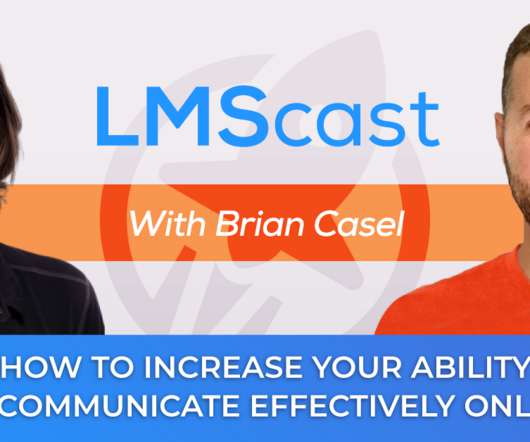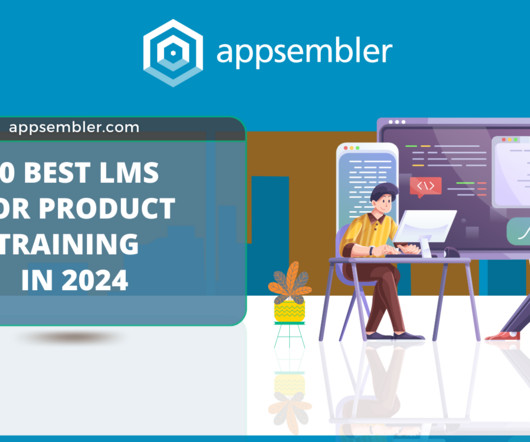Free learning & development webinars for April 2022
Limestone Learning
MARCH 29, 2022
PT: Six Ways Asynchronous Video Increases Training Productivity and Three Times to Avoid It (Free for ATD members) Learning delivered through a video conferencing platform continues to be the standard for remote training. How you can further localize content beyond language to make your learning truly relevant.





























Let's personalize your content